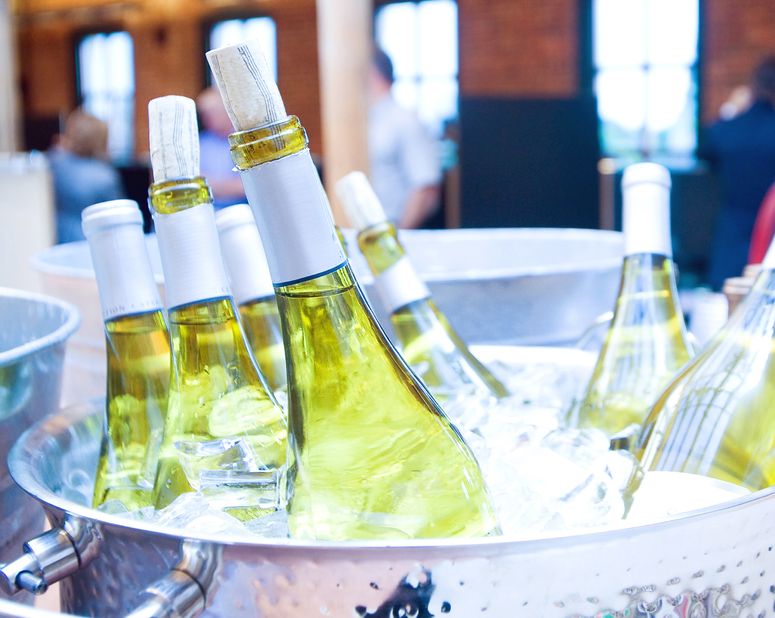Deciding which adhesive to choose is a regular conversation that happens with our clients. Our approach involves diving deep to understand the unique requirements of each application. There are literally hundreds of adhesive formulas available on the market from various label stock suppliers, and our team is prepared with a series of questions to help narrow down the list. From there, we come up with a recommendation or a short list of label constructions that can be tested under end-use conditions. As each application is often unique, testing label constructions under the exact conditions they will be used is important. Read on to find out how our team determines the correct adhesive.
Substrate
First things first: we need to know what type of substrate (surface material) the label will be applied to. Some commonly used materials include cardboard, paper, glass, plastic, painted metal, bottles, wood, plastic films and aluminum. From there, we look at the properties of each material, and how this will affect the adhesive. For example, we look at the substrate’s texture, shape, cleanliness, moisture and temperature. We also ask clients whether the label is intended to be permanent, repositioned or removable. Repositionable labels allow for short-term removal to make sure your label is applied perfectly on your package.
Temperature
Next, we need to determine what temperature the label is to be applied at. Application temperature is crucial, especially for products that will be transported or stored in a cooler or freezer. We also need to know about the service temperature of the product following the label’s application. Service temperature is the ultimate temperature range the label and product will be exposed to, and is usually less critical than the application temperature. For chilly products (think ice cream or frozen dinners), moisture or ice crystals on the product surface can affect the label’s application.
For clients that are trying to achieve a no-label look, the clarity of the adhesive is absolutely imperative for this application. We’ll also need to know if the label will be exposed to moisture, humidity or condensation during its lifetime, or chemicals like household cleaners or solvents.
Label Face Material
Adhesive type also varies with different label materials (such as paper versus film). First, we look at performance. Most adhesives take 24 hours to reach their full adhesion strength. Adhesives with high initial tack (how sticky the label is when first applied) often do not have the best ultimate adhesion (the final bond the label has when it has a chance to cure).
Aesthetics
Depending on the specific look and feel of a client’s label, we may need to make additional considerations. Some examples include products that display a “no-label” look, squeezability, conformability and clarity. We also strive to ensure non-hazing or yellowing when the label is exposed to different conditions such as UV light or moisture.
At the end of the day, don’t burden yourself with a sticky situation. Let our team at Lorpon Labels advise you on the best label adhesive for your needs. Each client, each product and each label is unique. We’ll ask you questions that will ensure your label is equipped with the proper solution to take it from production to consumer, and all the steps in-between.
